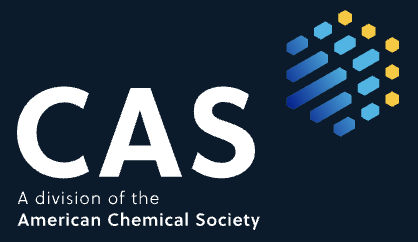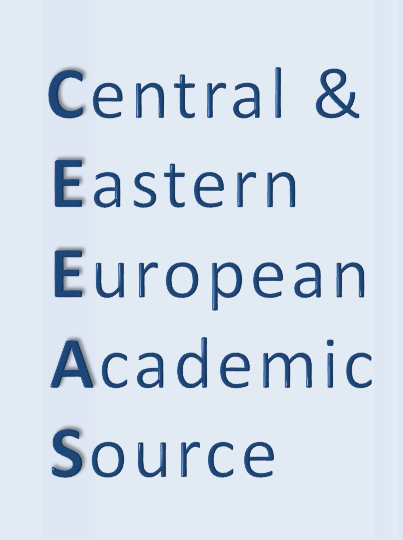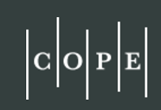The Importance of Clinical, Radiologic and Laboratory Parameters in the Diagnosis of Ovarian Torsion: Retrospective Study
Salih Burçin Kavak1, Ebru Kavak2, Bülent Kurkut3, Raşit İlhan1, Melike Başpınar11Department Of Obstetrics And Gynecology, Fırat University Faculty Of Medicine, Elazığ, Turkey2Department Of Obstetrics And Gynecology, Special Medical Park Hospital, Elazığ, Turkey
3Department Of Obstetrics And Gynecology, Kızıltepe State Hospital, Mardin, Turkey
OBJECTIVE: To examine the clinical, radiological and laboratory parameters in diagnosis of ovarian torsion.
METHODS: This retrospective study is carried out by examining the records of patients operated at Fırat University, Obstetric and Gynecology Clinic between December 2011 and December 2012. Age, number of gravidy, parity and ultrasonographic findings (such as ovarian size, presence of ovarian cysts, peripheral follicles, vascular flow on doppler ultrasound, whirlpool sign, free fluid in the pelvic region) and laboratory parameters (such as hemoglobin, hematocrit, platelet and white blood cell count) supporting ovarian torsion were investigated. Also preoperative signs and symptoms such as nausea, vomitting, abdominal tenderness, defance, rebound were obtained from the patient records.
RESULTS: In this study, 15 patients were examined retrospectively. Mean age(year) of the patients was 22,7±8,8, mean number of gravidy was 0,92±1,4, mean of WBC was 11000±2800 (/L), mean of hemoglobin and hematocrit values were 11,8±1,8 (gr/dl) and 35,8±4,3 (%) respectively. Abdominal tenderness and enlargement of ovarian (>4 cm) were present in 80% of patients and accompanying ovarian cysts and fluid in pelvis in 73% of cases. Additionally, in 60% of patients loss of blood flow on doppler examination was detected and in 60% of patients whirlpool sign was observed. By combining these findings to other signs and symptoms of ovarian torsion, it can be detected in 86.6% (n: 13) of cases.
CONCLUSION: In cases of ovarian torsion clinical, laboratory and ultrasonographic parameters must be combined to make the diagnosis as soon as possible.
Over Torsiyonu Tanısında Klinik, Radyolojik ve Laboratuvar Parametrelerinin Önemi: Retrospektif Çalışma
Salih Burçin Kavak1, Ebru Kavak2, Bülent Kurkut3, Raşit İlhan1, Melike Başpınar11Fırat Üniversitesi Tıp Fakültesi Kadın Hastalıkları Ve Doğum AD, Elazığ2Özel Medical Park Hastanesi Kadın Hastalıkları Ve Doğum Kliniği, Elazığ
3Kızıltepe Devlet Hastanesi Kadın Hastalıkları Ve Doğum Kliniği, Mardin
AMAÇ: Over torsiyonu tanısında klinik, radyolojik ve laboratuvar parametrelerinin değerlendirilmesi.
YÖNTEMLER: Bu çalışma Aralık 2011 ile Aralık 2012 yılları arasında Fırat Üniversitesi Kadın Hastalıkları ve Doğum Kliniği’nde over torsiyonu nedeniyle opere edilen hastaların dosyalarının incelenmesiyle gerçekleştirildi. Over torsiyonu nedeniyle cerrahi uygulanan hastaların yaş, gebelik ve doğum sayıları ile over torsiyonunu destekleyen ultrasonografik parametreler (over boyutu, over kisti varlığı, periferik dizilimli foliküller, doppler ultrasonografide vasküler akım varlığı, girdap işareti, pelvik bölgede serbest sıvı varlığı) ve laboratuvar parametreleri (hemoglobin, hematokrit, platelet ve beyaz küre sayıları) incelendi. Preoperatif bulantı, kusma, hassasiyet, defans ve rebound varlığı gibi semptom ve bulgular kayıt altına alındı. Verilerin istatistiksel değerlendirmesinde tanımlayıcı istatistik kullanıldı.
BULGULAR: Çalışma kapsamında 15 hasta retrospektif olarak değerlendirildi. Ortalama yaş (yıl) 22,7±8,8, gebelik sayısı (adet) 0,92±1,4, beyaz küre sayısı 11000±2800 (/L), hemoglobin 11,8±1,8 (gr/dL) ve hematokrit değeri 35,8±4,3 (%) olarak tespit edildi. Over torsiyonu bulunan olgularda hassasiyet (%80), ultrasonografide büyümüş over (%80), over kisti ve eşlik eden serbest sıvı (%73,3), renkli dopplerde akım kaybı (%60) ve girdap işareti varlığı (%60) tespit edildi. Bu veriler, olguların diğer belirti ve bulgularıyla birleştirildiğinde tanısal doğruluk oranı %86,6 (n: 13) olarak bulunmuştur.
SONUÇ: Over torsiyonu tanısı için klinik, laboratuvar ve ultrasonografik parametreler kombine edilerek tanı ve tedavideki gecikmeler önlenebilir.
Manuscript Language: Turkish






















